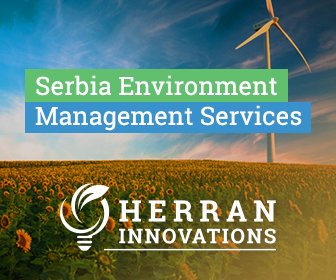In the past year, Serbia has taken significant strides in showcasing its investment potential to the global community through initiatives such as the Investment Opportunity Map. Developed in collaboration with the United Nations Development Office, the Faculty of Economics, and the Government, this map outlines lucrative sectors for investment, including food and beverage production, renewable energy sources, infrastructure, technologies and healthcare. These sectors not only promise profitability but also contribute to societal betterment, environmental protection, and health preservation.
Recent successes, such as a memorandum signed with a Chinese company for wind and solar power plants with a capacity of 2,000 megawatts and an investment exceeding $2 billion, demonstrate the tangible outcomes of this initiative. Moreover, the focus on green hydrogen production underscores Serbia’s commitment to sustainable practices, aligning with the goals outlined in the Investment Opportunity Map.
The burgeoning interest in energy-efficient construction, organic food, biotechnology, and healthcare further validates the investment potential identified in the map. However, realizing these opportunities requires substantial investments and expertise, as emphasized by industry experts.
Despite progress, challenges persist, notably in financing and regional development. While some companies rely on internal funds for financing, the capital market’s underdevelopment hampers broader investment opportunities. Additionally, investors tend to concentrate in Vojvodina and Belgrade, neglecting regions in the east and south, highlighting the need for a more balanced approach to regional development.
The Investment Opportunity Map offers a roadmap for addressing these challenges and unlocking Serbia’s full economic potential. With an estimated investment potential of over $8 billion across the identified sectors, and a multiplier effect raising this figure to $20 billion, the map serves as a vital tool for achieving Serbia’s sustainable development goals by 2030, as outlined by the United Nations Agenda. By leveraging this map and fostering an enabling environment for investment, Serbia can attract more investors, promote economic growth, and advance its journey towards sustainable development.








